Home>Technology>Smart Home Devices>How To Check My Wi-Fi Router Speed


Smart Home Devices
How To Check My Wi-Fi Router Speed
Modified: January 4, 2024
Learn how to check your Wi-Fi router speed and optimize it for your smart home devices. Improve your internet connection with these simple tips.
(Many of the links in this article redirect to a specific reviewed product. Your purchase of these products through affiliate links helps to generate commission for Storables.com, at no extra cost. Learn more)
Introduction
In today's fast-paced digital world, a reliable and speedy Wi-Fi connection is no longer a luxury – it's a necessity. Whether you're streaming your favorite movies, engaging in video calls, or gaming online, the performance of your Wi-Fi router plays a crucial role in determining the quality of your online experience. However, understanding and evaluating the speed of your Wi-Fi router can be a complex endeavor, especially for those new to the realm of networking technology.
In this comprehensive guide, we will delve into the intricacies of Wi-Fi router speed, exploring the factors that influence its performance and equipping you with the knowledge to assess and optimize its capabilities. By the end of this journey, you'll be empowered to make informed decisions and take actionable steps to enhance the speed and efficiency of your Wi-Fi router.
So, whether you're a tech enthusiast seeking to maximize your home network's potential or a casual user looking to troubleshoot connectivity issues, this article is tailored to provide valuable insights and practical tips to help you navigate the realm of Wi-Fi router speed with confidence and clarity. Let's embark on this enlightening expedition into the world of wireless connectivity and discover the secrets to unlocking the full potential of your Wi-Fi router.
Key Takeaways:
- Understanding Wi-Fi router speed is crucial for a seamless online experience. Factors like hardware, wireless standards, and signal strength impact speed, and optimizing these can enhance performance.
- Checking and improving Wi-Fi router speed is achievable through speed tests, optimal positioning, firmware updates, and network security. Proactive management empowers users to elevate their digital connectivity.
Understanding Wi-Fi Router Speed
Wi-Fi router speed refers to the rate at which data is transmitted and received between your devices and the router over a wireless network. This speed, typically measured in megabits per second (Mbps), directly impacts the performance and responsiveness of your internet connection. It determines how quickly you can download or upload files, stream media, engage in online gaming, and perform various online activities.
It’s important to note that the speed of your Wi-Fi router is distinct from the speed of your internet connection provided by your service provider. While the internet speed represents the rate at which data travels between your home and the broader internet, the Wi-Fi router speed governs the flow of data within your local network, orchestrating the seamless communication between your devices and the router itself.
The Wi-Fi router speed is influenced by several factors, including the router’s hardware capabilities, the wireless technology it employs (such as 802.11n, 802.11ac, or 802.11ax), the number of connected devices, and the environmental conditions within your home. Understanding these elements is crucial in comprehending the dynamics of Wi-Fi router speed and optimizing its performance to meet your specific needs.
Furthermore, familiarizing yourself with key terminologies such as bandwidth, latency, and signal strength can provide valuable insights into the nuances of Wi-Fi router speed. Bandwidth refers to the maximum data transfer rate of a network or internet connection, while latency represents the time it takes for data to travel from your device to the router and back. Signal strength, on the other hand, reflects the intensity of the wireless signal between your devices and the router, influencing the reliability and speed of the connection.
By gaining a holistic understanding of Wi-Fi router speed and its underlying components, you can embark on a journey towards optimizing your network for enhanced performance and efficiency. In the subsequent sections, we will delve deeper into the factors that affect Wi-Fi router speed and explore practical methods to assess and improve its capabilities.
Factors Affecting Wi-Fi Router Speed
The speed of a Wi-Fi router is influenced by a multitude of factors that collectively shape the performance and reliability of your wireless network. Understanding these variables is essential for diagnosing issues, optimizing speed, and ensuring a seamless online experience. Let’s explore the key factors that can impact Wi-Fi router speed:
- Router Hardware: The hardware specifications of your router, including its processor, RAM, and antenna configuration, play a pivotal role in determining its speed capabilities. High-performance routers equipped with advanced hardware components are generally capable of delivering faster and more consistent speeds.
- Wireless Standards: The Wi-Fi standard supported by your router, such as 802.11n, 802.11ac, or the latest 802.11ax (Wi-Fi 6), directly influences its speed and range. Newer standards often offer improved speed and efficiency compared to their predecessors, enabling faster data transmission and better network performance.
- Channel Interference: Wireless routers operate on specific channels within the 2.4GHz and 5GHz frequency bands. Interference from neighboring networks, electronic devices, or physical obstructions can disrupt these channels, leading to decreased speed and connectivity issues.
- Signal Strength and Coverage: The distance between your devices and the router, as well as the presence of obstacles like walls and furniture, can impact signal strength and coverage. Weak or inconsistent signals can result in reduced speed and network instability.
- Network Congestion: The number of connected devices sharing the same Wi-Fi network can contribute to network congestion, leading to slower speeds and increased latency. Additionally, bandwidth-intensive activities on multiple devices can strain the router’s capacity, affecting overall speed.
- Interference from Electronic Devices: Electronic appliances and devices such as microwaves, cordless phones, and Bluetooth gadgets can emit signals that interfere with Wi-Fi transmission, potentially degrading the router’s speed and performance.
By recognizing and addressing these factors, you can proactively optimize your Wi-Fi router speed and mitigate potential challenges that may hinder its performance. In the following section, we will delve into effective methods for checking and evaluating the speed of your Wi-Fi router, empowering you to make informed decisions and take targeted actions to enhance your wireless network’s capabilities.
You can check your Wi-Fi router speed by using online speed test tools like Ookla or Fast.com. Simply connect to your Wi-Fi network and run the test to see your download and upload speeds.
Checking Wi-Fi Router Speed
Assessing the speed of your Wi-Fi router is a fundamental step in understanding its performance and identifying potential areas for improvement. Fortunately, several straightforward methods and tools are available to help you gauge the speed and reliability of your wireless network. Let’s explore some effective approaches for checking your Wi-Fi router speed:
- Internet Speed Test: Utilize reputable online speed test services such as Ookla’s Speedtest or Google’s Internet Speed Test to measure the speed of your internet connection. While this test assesses the overall internet speed, it can provide insights into the performance of your Wi-Fi router if conducted on multiple devices at different locations within your home.
- Router-Specific Apps: Many router manufacturers offer dedicated mobile apps that allow you to monitor and analyze your router’s performance. These apps often provide real-time data on Wi-Fi speed, signal strength, connected devices, and network health, offering valuable insights for optimizing your router’s settings and placement.
- Wi-Fi Analyzer Tools: Install Wi-Fi analyzer apps on your smartphone or tablet to visualize the signal strength and channel utilization of your Wi-Fi network. These tools can help identify potential sources of interference and assist in selecting the optimal Wi-Fi channels for improved speed and reliability.
- Speed Testing Devices: Wi-Fi speed testing devices, such as dedicated hardware testers or Wi-Fi signal meters, offer advanced diagnostic capabilities for assessing the speed and quality of your wireless network. These devices can provide detailed performance metrics and aid in troubleshooting speed-related issues.
When conducting speed tests, it’s important to consider various factors that can influence the results, including the proximity of the testing device to the router, the presence of obstacles, and the number of connected devices. Performing tests at different times of the day and in multiple locations within your home can offer a comprehensive perspective on your Wi-Fi router’s speed and coverage.
By leveraging these tools and methods, you can gain valuable insights into the speed and performance of your Wi-Fi router, enabling you to make informed decisions regarding network optimization and potential upgrades. In the subsequent section, we will explore actionable tips and strategies to enhance the speed and efficiency of your Wi-Fi router, empowering you to unlock its full potential and elevate your wireless connectivity experience.
Tips to Improve Wi-Fi Router Speed
Enhancing the speed and performance of your Wi-Fi router is a multifaceted endeavor that involves optimizing various aspects of your wireless network. By implementing the following tips and strategies, you can elevate the capabilities of your router and cultivate a more seamless and efficient online experience:
- Placement and Positioning: Position your router in a central location within your home, away from obstructions and electronic devices that may cause interference. Elevating the router to a higher position can also improve signal propagation and coverage.
- Router Firmware Updates: Regularly check for firmware updates for your router and ensure that it is running the latest version. Firmware updates often include performance enhancements, security patches, and bug fixes that can positively impact speed and stability.
- Optimal Wi-Fi Channel Selection: Use a Wi-Fi analyzer tool to identify the least congested channels in your vicinity and adjust your router’s settings accordingly. Selecting less crowded channels can mitigate interference and improve Wi-Fi speed and reliability.
- Quality of Service (QoS) Configuration: Prioritize bandwidth allocation for specific devices or activities through your router’s QoS settings. This can ensure that critical applications, such as video streaming or online gaming, receive sufficient bandwidth for optimal performance.
- Upgrade to a Modern Router: Consider upgrading to a newer Wi-Fi router that supports the latest wireless standards, such as 802.11ac or 802.11ax (Wi-Fi 6). Advanced routers often offer improved speed, range, and overall performance compared to older models.
- Mesh Wi-Fi Systems: Explore the option of deploying a mesh Wi-Fi system to extend coverage and improve speed in larger homes or areas with Wi-Fi dead zones. Mesh systems utilize multiple interconnected access points to create a unified and robust wireless network.
- Limit Background Applications: Minimize the number of bandwidth-intensive applications running in the background on connected devices, as these can consume network resources and impact overall Wi-Fi speed.
- Secure Your Network: Implement robust security measures, such as WPA3 encryption and strong passwords, to prevent unauthorized access and safeguard your network from potential threats. A secure network can operate more efficiently and maintain optimal speed.
By incorporating these tips into your Wi-Fi network management practices, you can proactively enhance the speed, reliability, and coverage of your router, creating an environment conducive to seamless connectivity and high-performance wireless experiences. With these strategies at your disposal, you are well-equipped to optimize your Wi-Fi router and elevate your digital lifestyle.
Read more: How To Connect My Wi-Fi Router
Conclusion
As we conclude our exploration of Wi-Fi router speed, it’s evident that the performance of your wireless network is a critical component of your digital lifestyle. Understanding the intricacies of Wi-Fi router speed, identifying the factors that influence its performance, and employing effective methods to assess and improve its capabilities are essential steps in cultivating a reliable and high-speed wireless experience.
By delving into the world of Wi-Fi router speed, you have gained valuable insights into the foundational elements that shape its performance. From the hardware specifications and wireless standards to signal strength, channel interference, and network congestion, the multifaceted nature of Wi-Fi router speed underscores the importance of proactive optimization and strategic network management.
Armed with the knowledge and actionable tips presented in this guide, you are empowered to take control of your Wi-Fi router’s speed and elevate its capabilities to meet the demands of modern connectivity. Whether it’s optimizing router placement, selecting optimal Wi-Fi channels, or considering an upgrade to a modern router, you now possess the tools to enhance speed, reliability, and coverage within your wireless network.
As technology continues to evolve, so too will the landscape of Wi-Fi router speed and performance. Embracing a proactive and informed approach to managing your wireless network will enable you to adapt to these changes and ensure that your Wi-Fi router remains a steadfast cornerstone of your digital connectivity.
In closing, may your journey into the realm of Wi-Fi router speed be marked by seamless connectivity, swift data transmission, and an enriched digital experience. Armed with the knowledge and strategies shared in this guide, you are poised to unlock the full potential of your Wi-Fi router and embrace the boundless opportunities of the interconnected world.
Frequently Asked Questions about How To Check My Wi-Fi Router Speed
Was this page helpful?
At Storables.com, we guarantee accurate and reliable information. Our content, validated by Expert Board Contributors, is crafted following stringent Editorial Policies. We're committed to providing you with well-researched, expert-backed insights for all your informational needs.
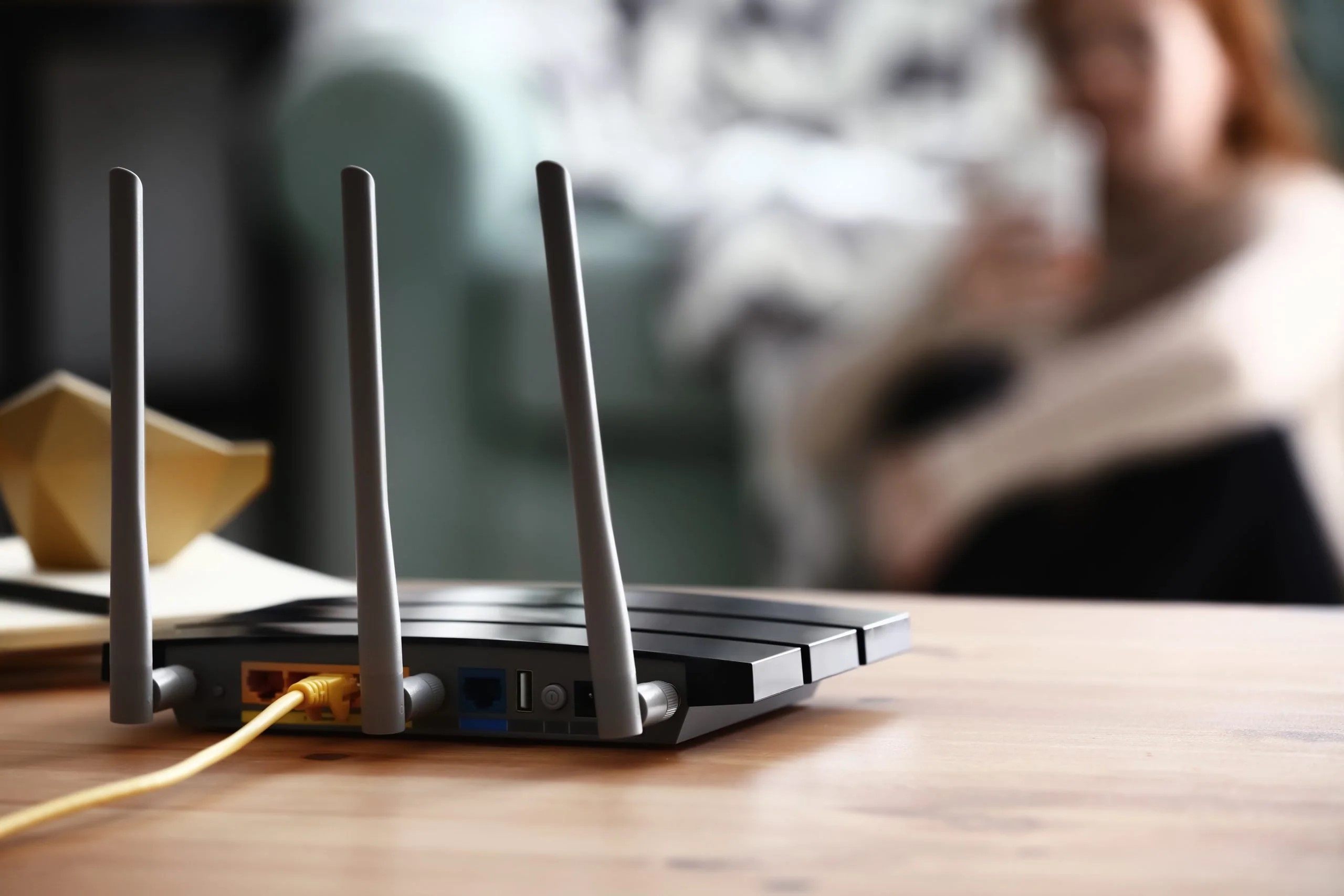
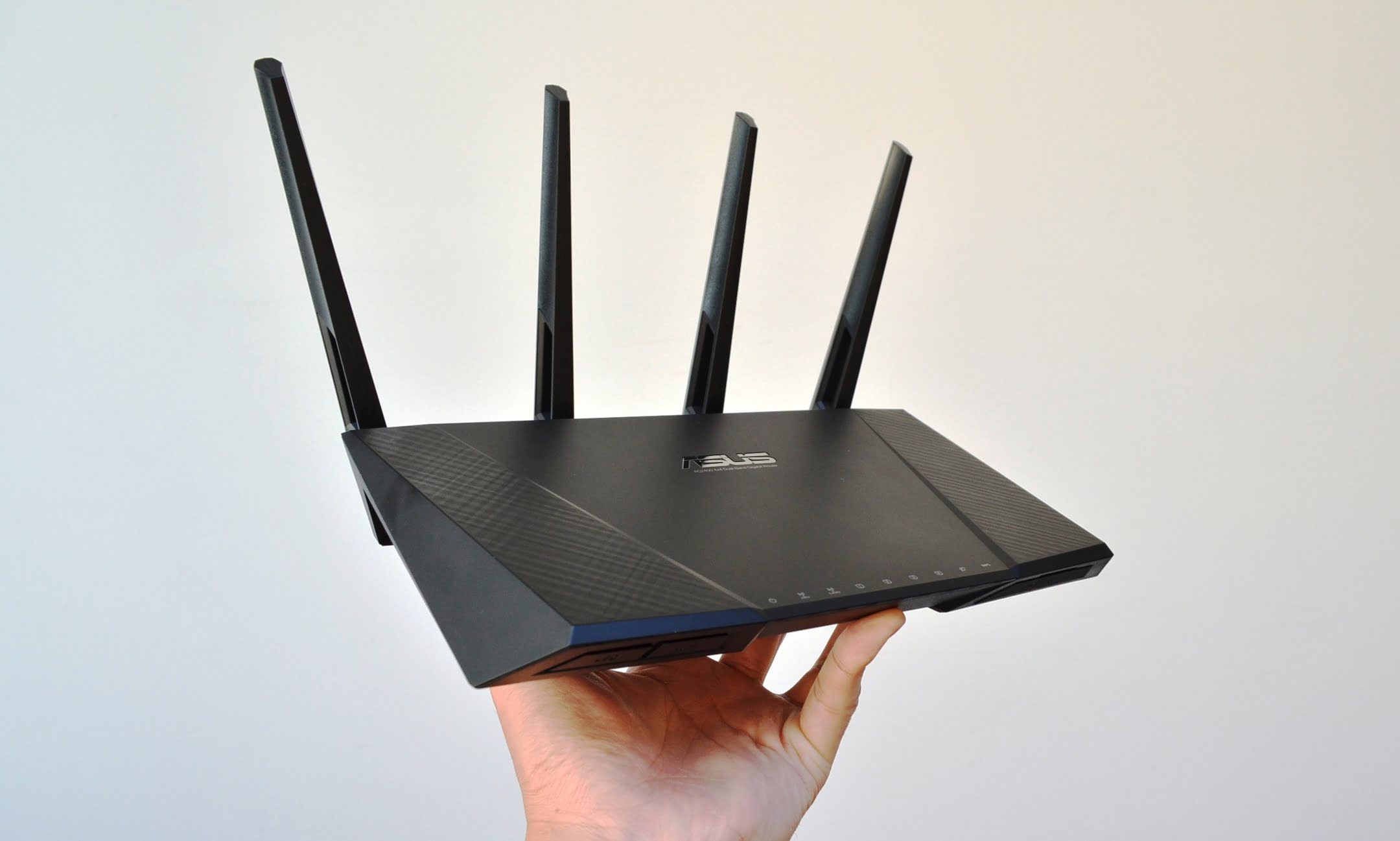
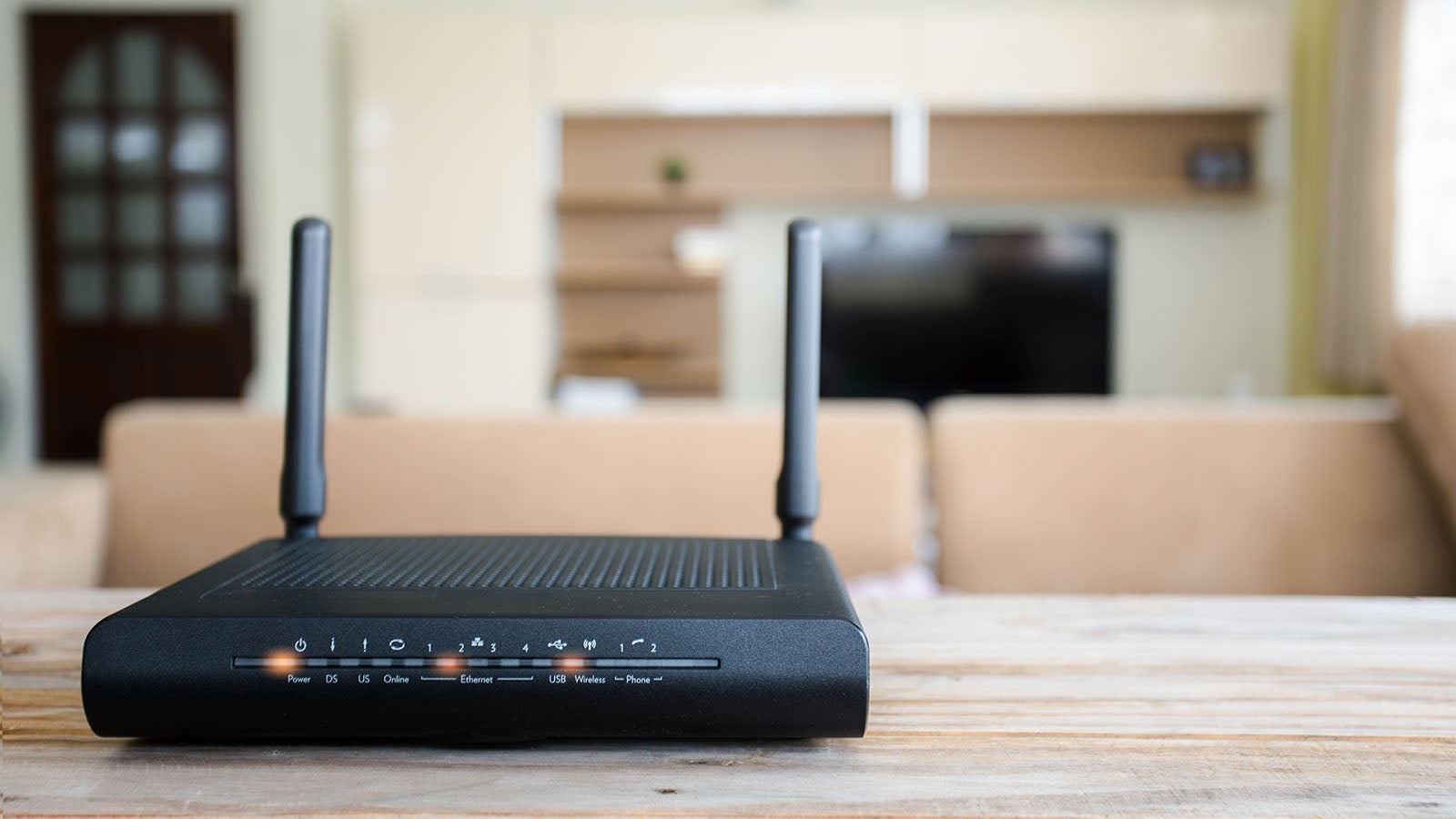
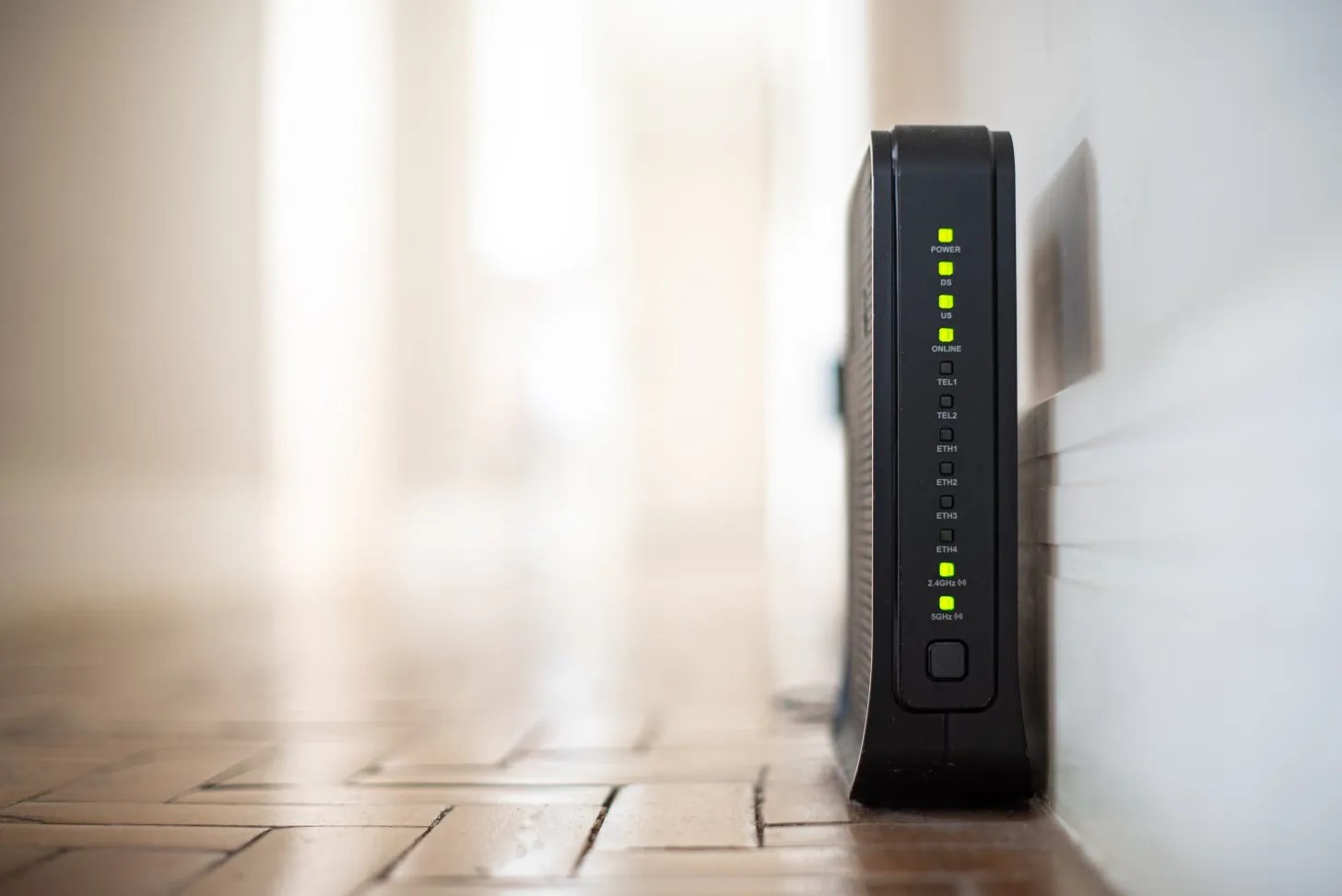
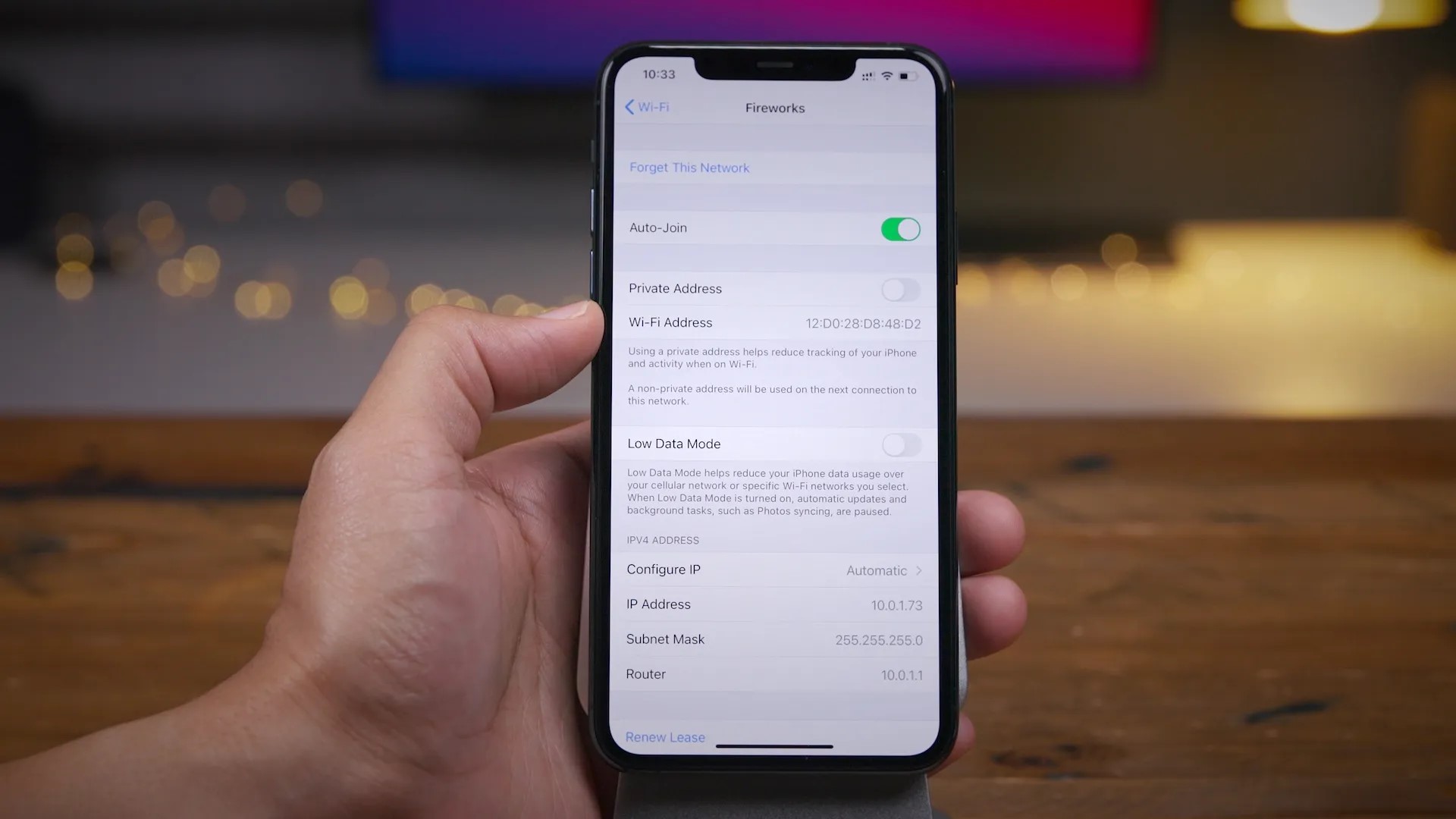
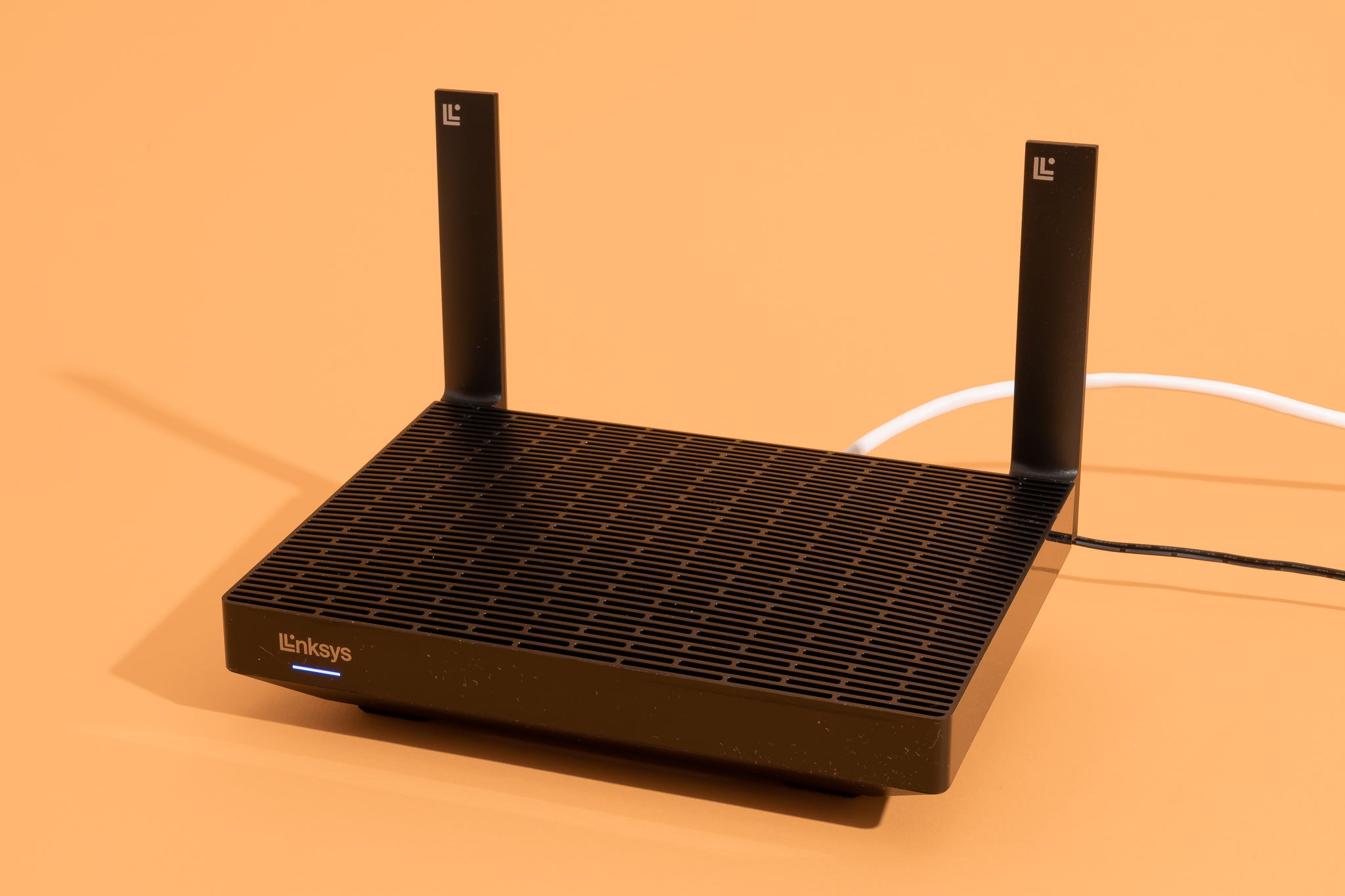
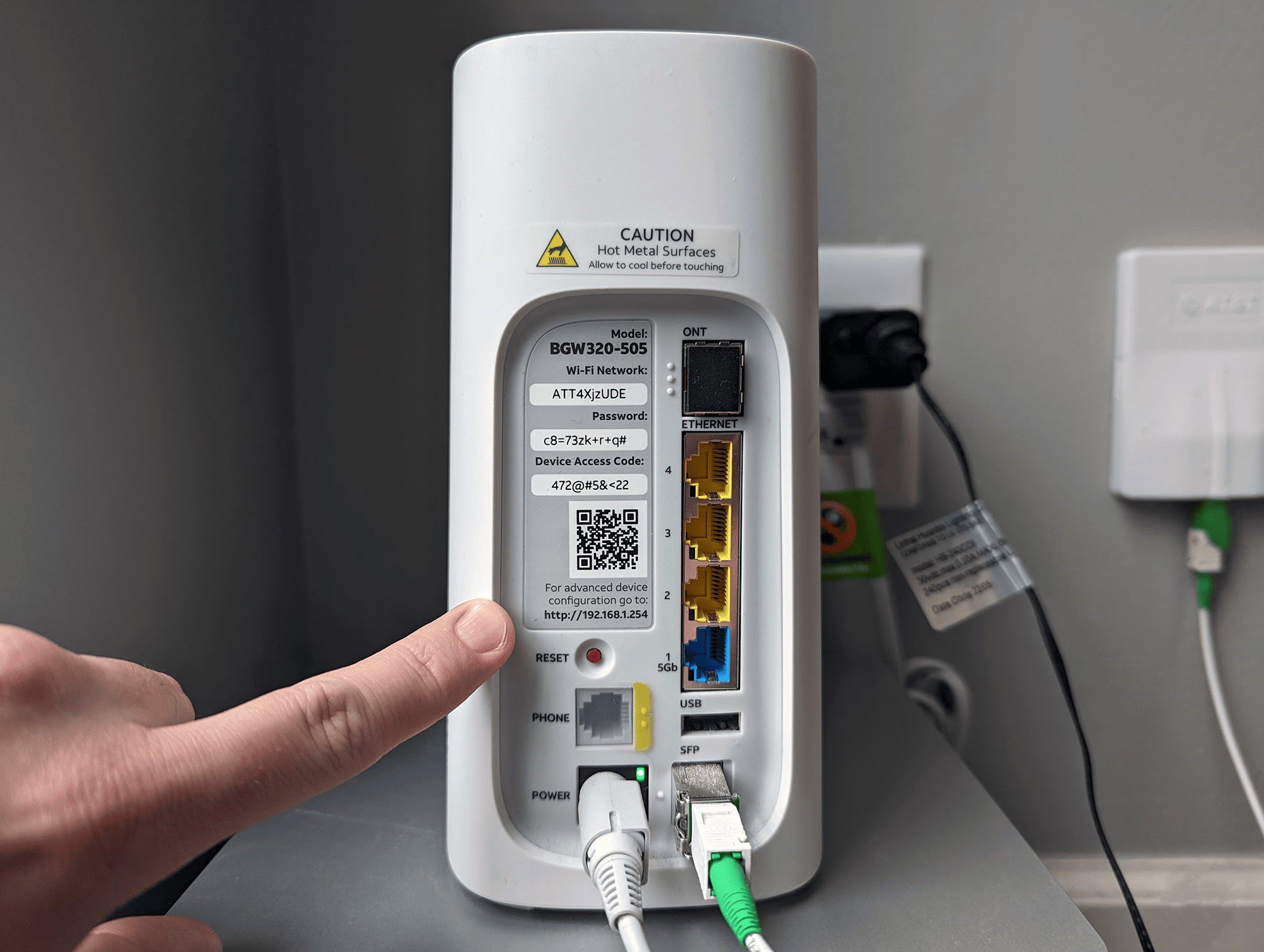

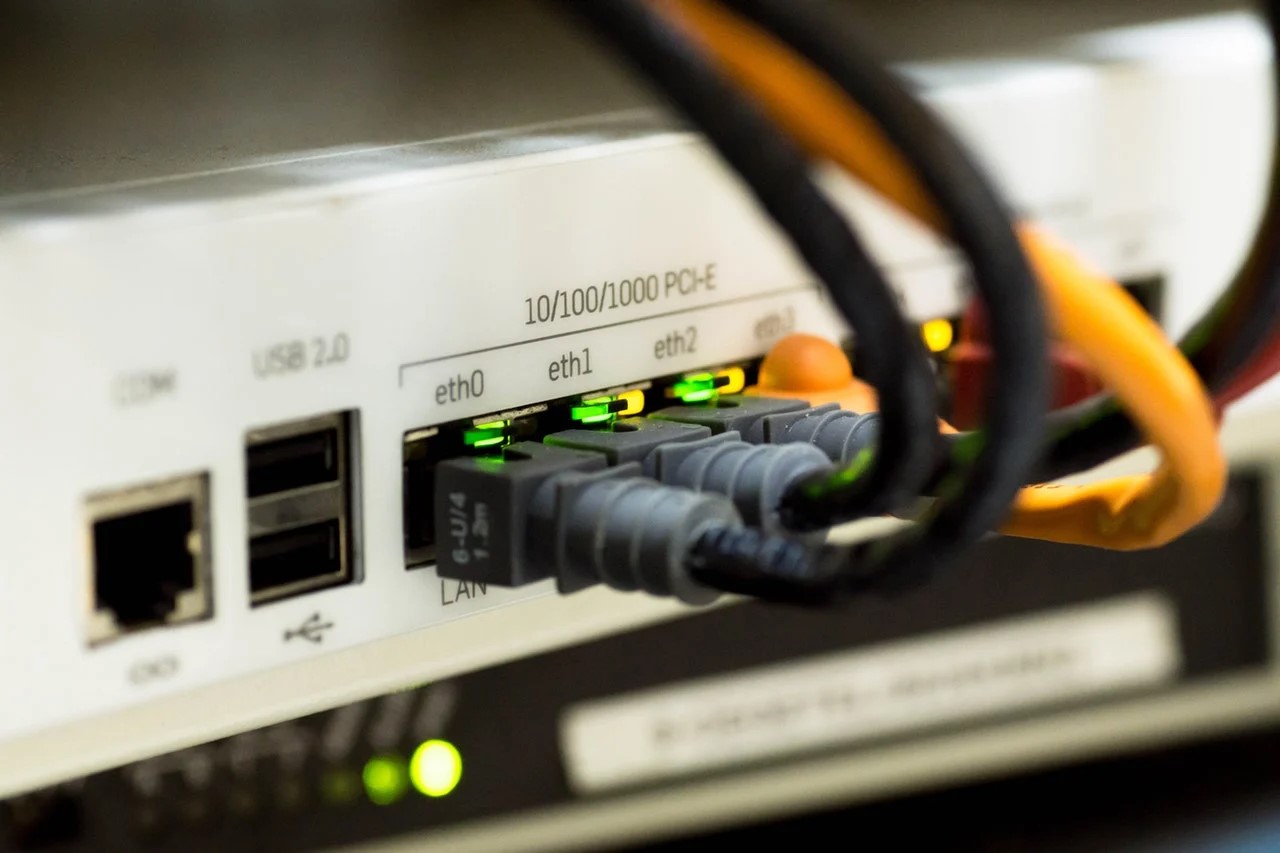
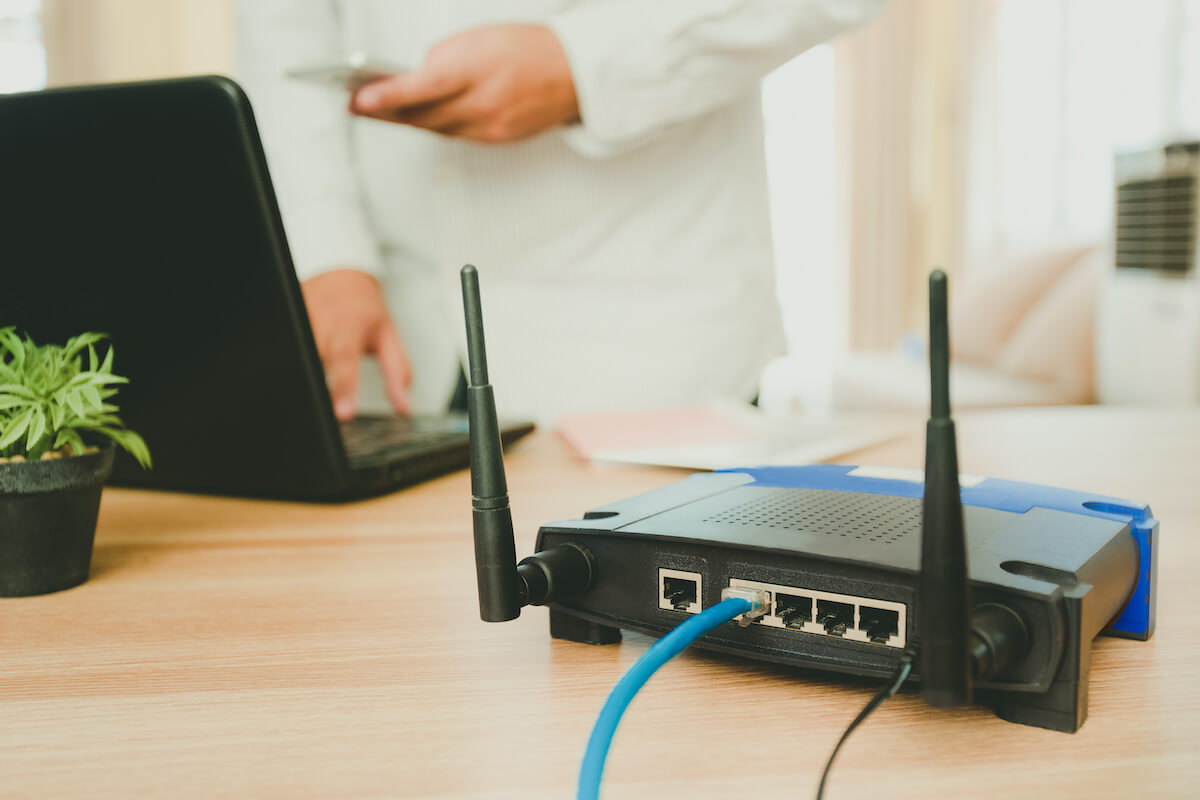
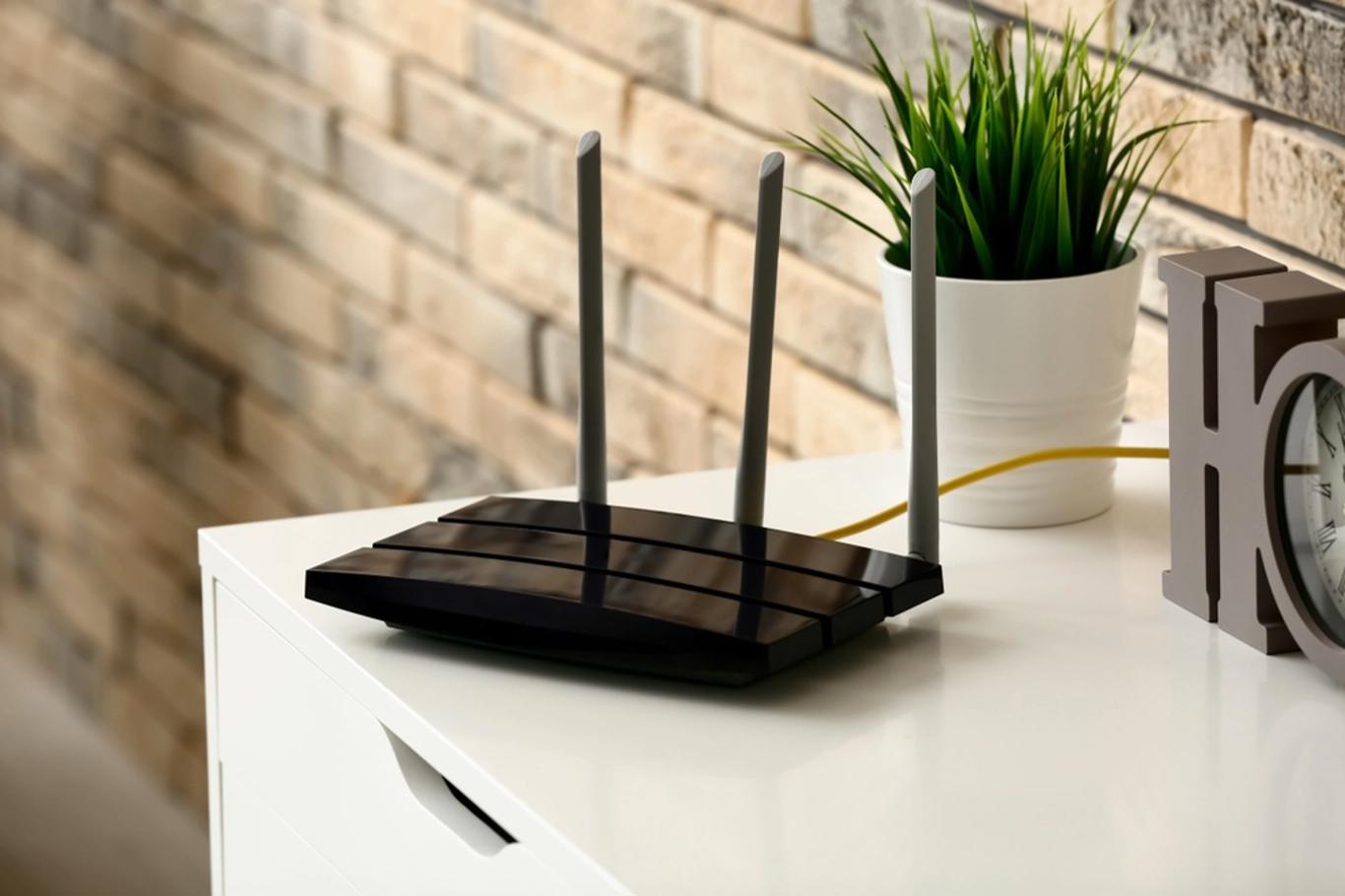
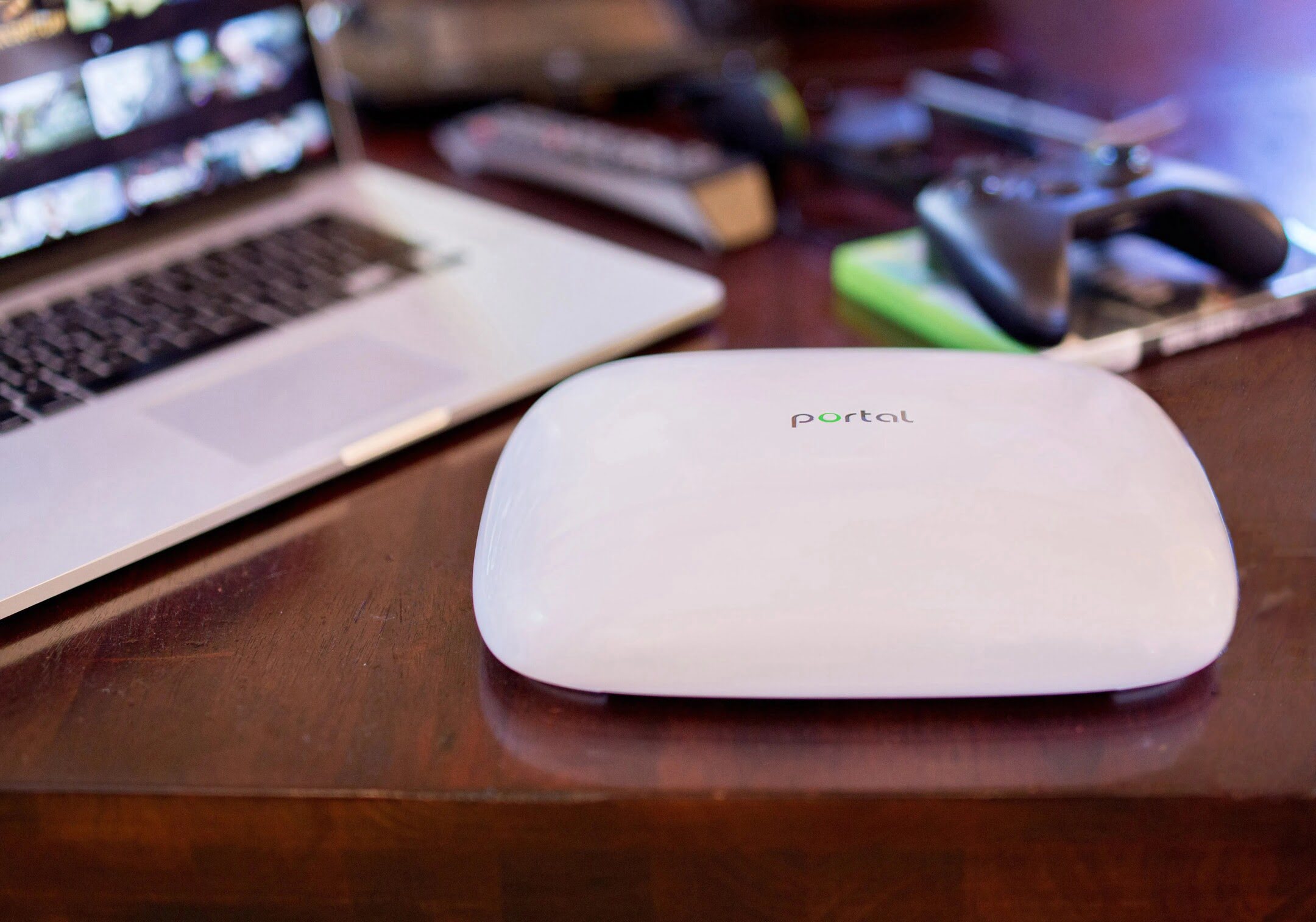
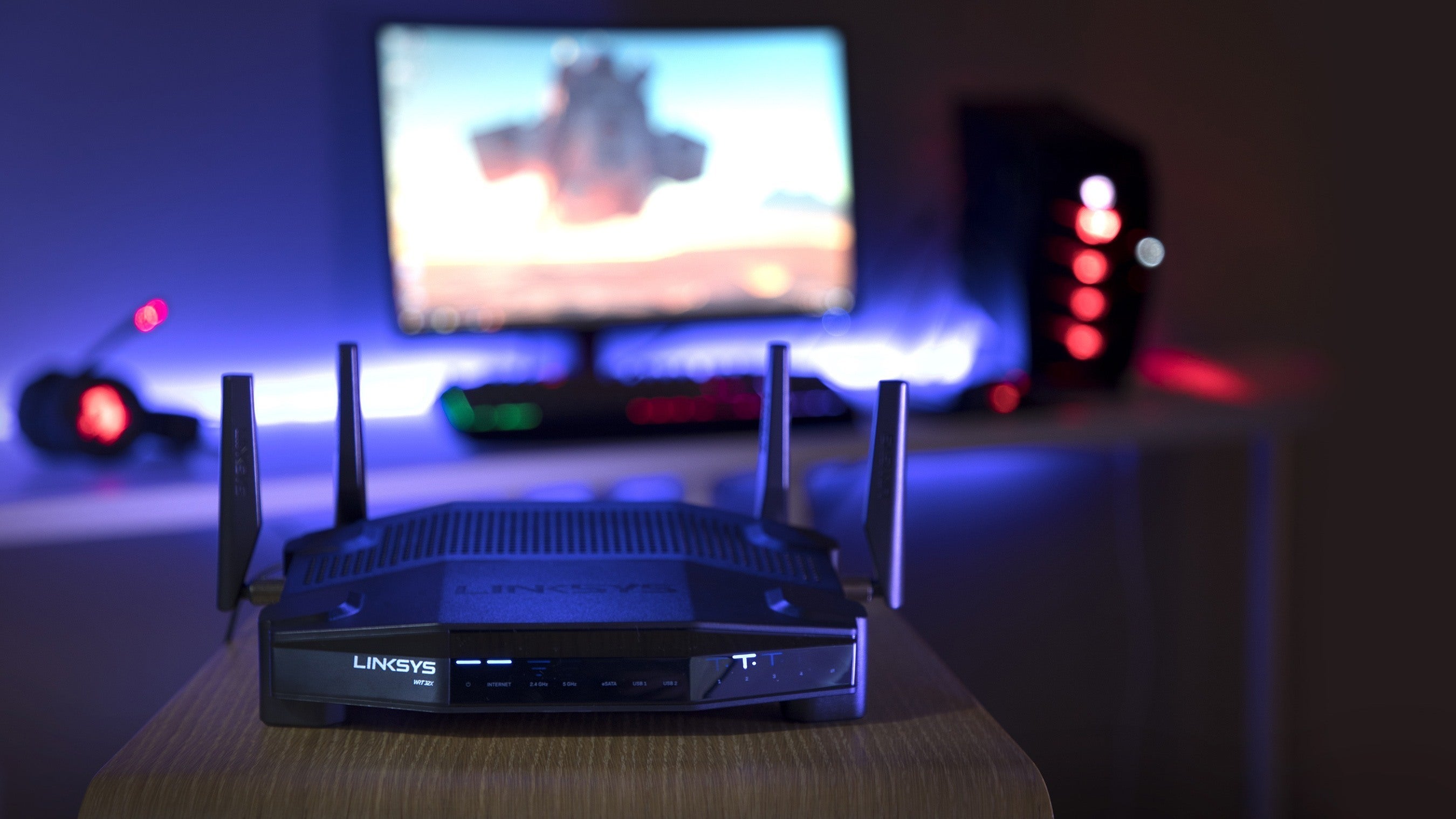
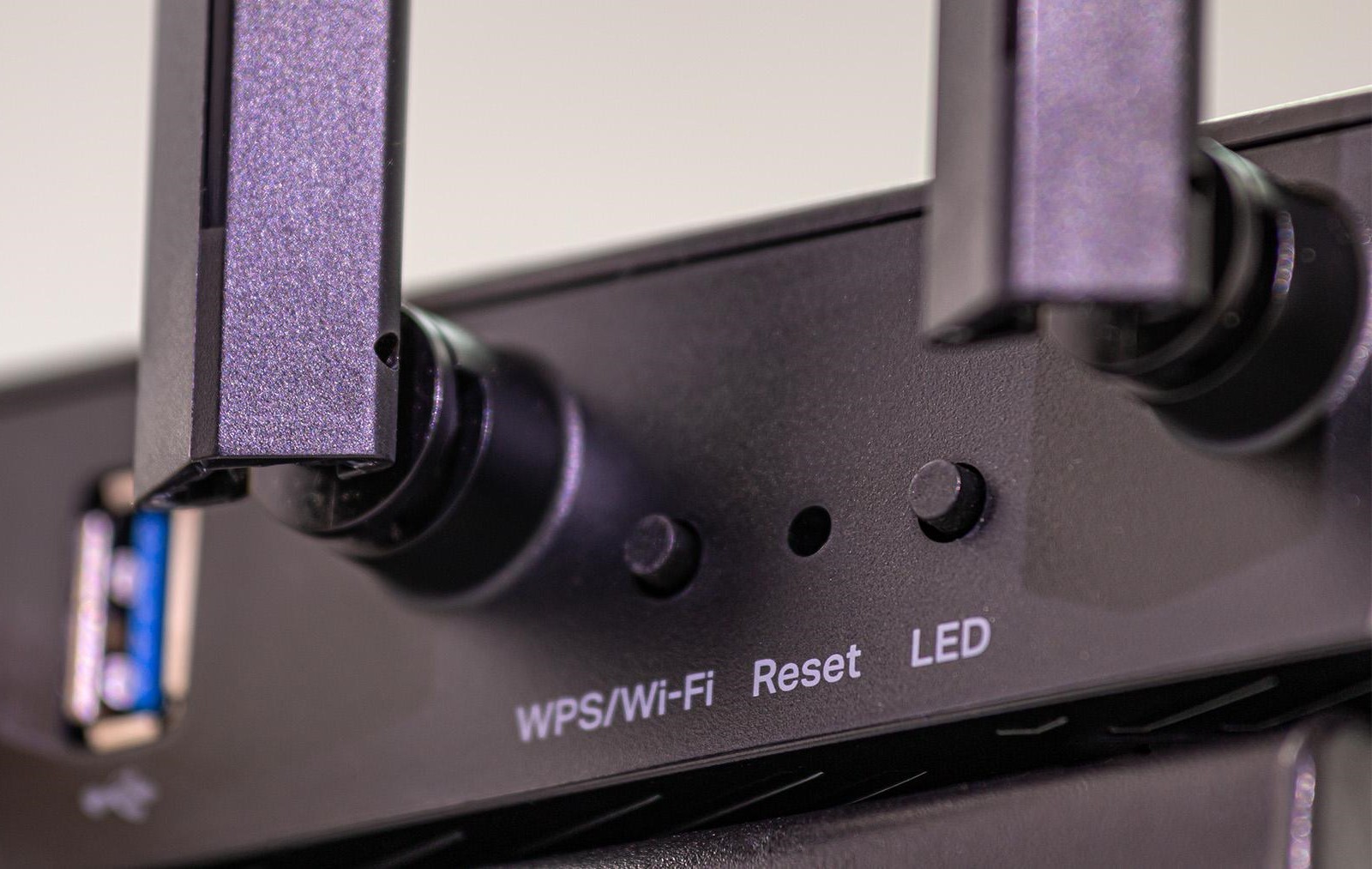

0 thoughts on “How To Check My Wi-Fi Router Speed”